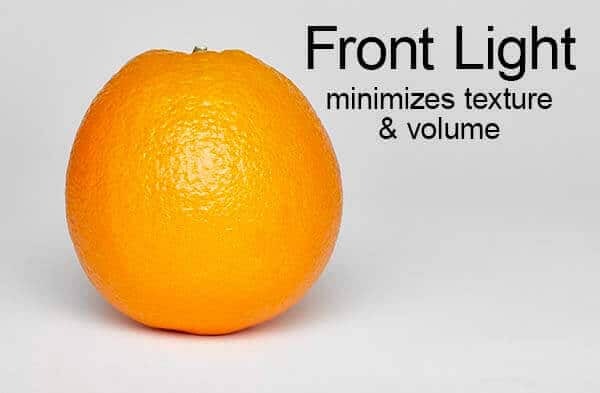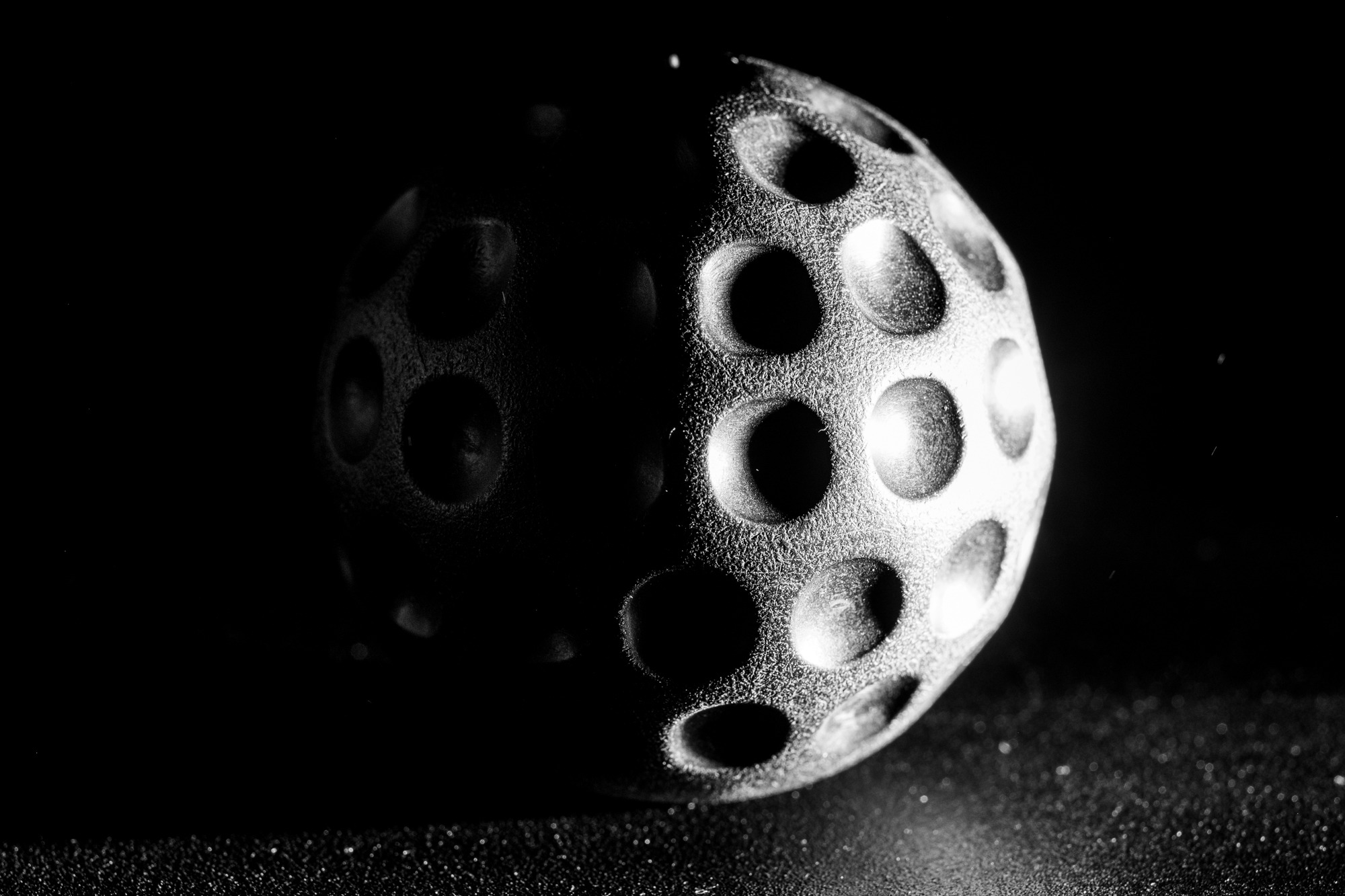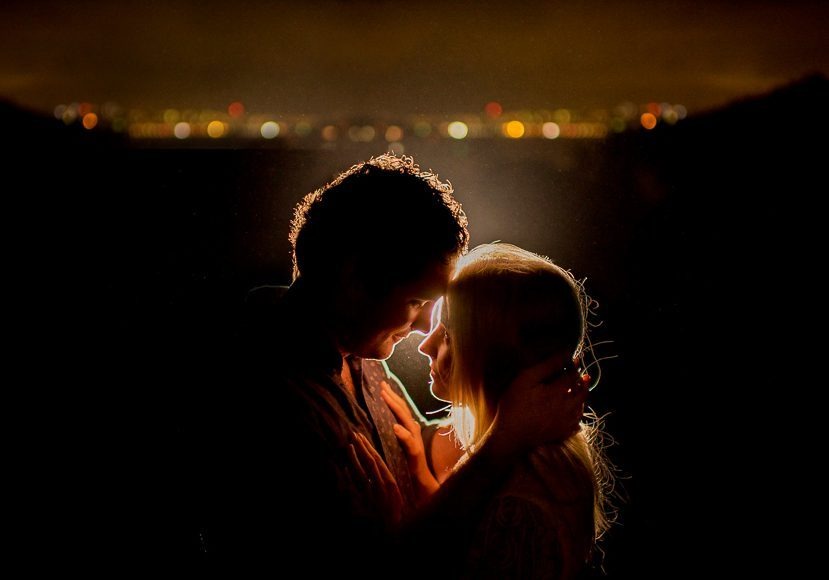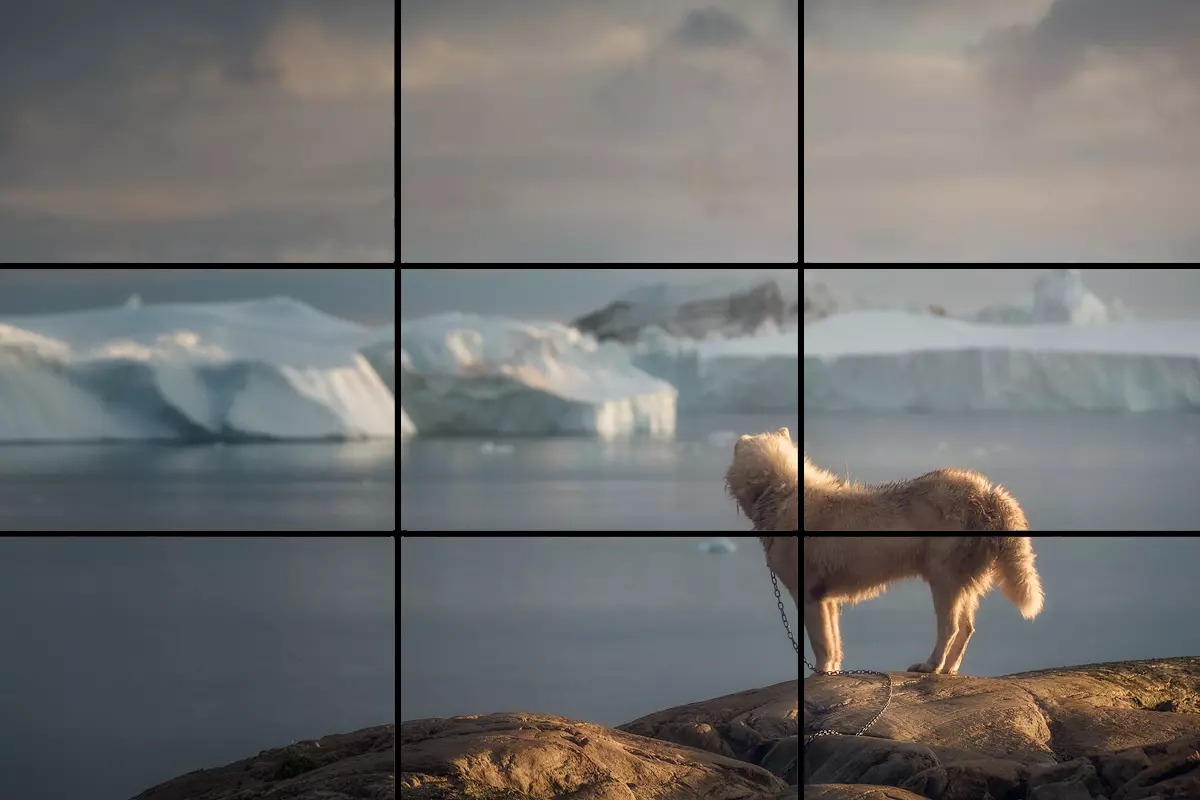Elements of Digital Photography
I'm taking a digital photography class offered by a local photographer in Charlotte! This is a great opportunity to learn from a professional and expand my skills in photography. I'm collecting my class notes into this article.
Three foundational elements of digital photography are Light, Composition, and Focal Length
1. Light - Can be used to enhance or minimize texture and to draw attention to important elements. Light helps to tell the story in a photo by setting the subject and the context.
There are four types of light that can be displayed in photos:
1.1 - Top Light - Adds contrast to the subject and emphasizes color. Shadows fall downward. Shadow can be used to identify if the photo utilizes hard light, which produces a defined line between what is dark and light in the photo, or soft light, which produces little to no shadows. Here is an example of a photo taken with top light:

1.2 - Front Light - Shadows fall behind, flattens subject, minimizes texture, and emphasizes color. Here is an example of a photo taken with front light:

1.3 - Side Light - Emphasizes texture, creates a 3D feeling. Shadows fall to the side, and can be dramatic with hard light, or subtle with soft light. Here is an example of side light in a photo:

1.4 Backlight - lightens background, darkens foreground, shadows fall forward, lightens the edges. Here is an example of a photo with back light:

2. Composition - This is the way you arrange object and people within the frame. The subject is the main focus in the photograph, and framing is the elements of the photo around the subject.
2.1 Rule of thirds is a rule of composition. Divide the frame into 3 sections horizontally and vertically. The intersecting lines are dynamic, and often a good place to put the subject. Here is an example of the rule of thirds in action in a photo:

2.3 - There are other composition techniques, here are some examples:
-Vanishing Point - Where the objects close to the camera are large, and get smaller as the objects move into the depth of the photo.
-Worm's Eye View - Camera pointed UP at a subject.
-Bird's eye view - Camera pointed DOWN at a subject.
3. Focal Length - There are four types of lenses, wide angle, normal, telephoto, and zoom.
- Wide Angle - Expands your view.
-Normal Lens - Approximates what you see.
-Telephoto - Narrows your view.
-Zoom - Allows you to change your focal length from wide angle to telephoto
Camera Lens Specs for Focal Length:
Under 35 - Wide
35-85 - Normal
85-200 - Telephoto
200+ Super Telephoto
3.1 Creative use of Focal Length
-Focal Length affects the perspective of the image
-Wide angle, subject looks far away
-Telephoto - brings foreground and background closer
Wide Angle + Close = Distorts Long
Telephoto + Close = Distorts short
0 Comments Add a Comment?